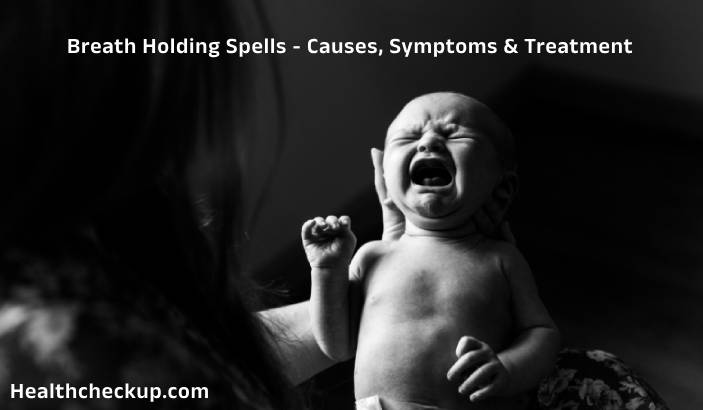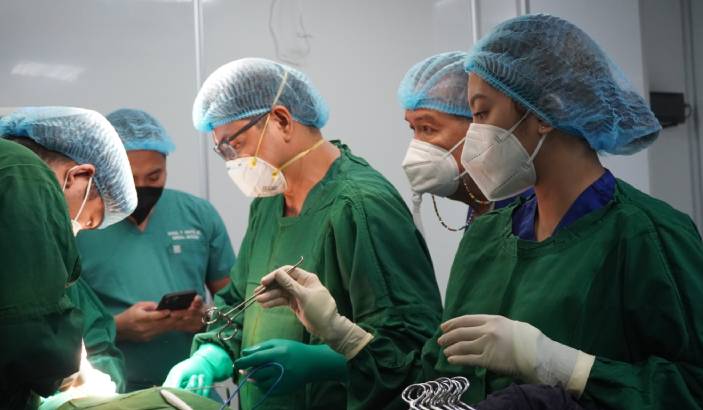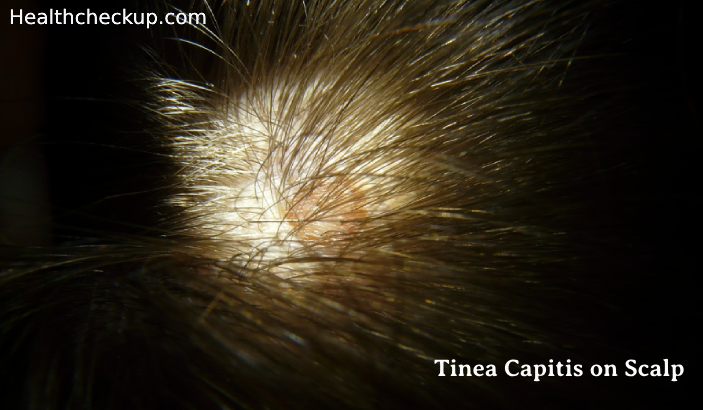Jaundice is a medical term described by yellowing of the eyes and the skin. Jaundice is not considered as a disease by medical practitioners. It is, rather a symptom of numerous possible underlying diseases. Jaundice occurs when there is excessive bilirubin in the system. Bilirubin refers to a yellow pigment fo0rmed by the breakdown of dead red blood cells in the liver. Usually, the liver washes off the bilirubin and old red blood cells. Jaundice checkup is important as it might indicate a serious problem with the functioning of red blood cells, gallbladder, liver, or pancreas.
Causes of Jaundice
Old red blood cells travel to the liver, wherethey breakdown occurs. Bilirubin is the yellow pigment that results with the breakdown of these old cells. Jaundice is known to occur when the liver is unable to metabolize bilirubin efficiently. Many a times, the bilirubin is unable to make the digestive tract, where it is usually removed through the stool while in other cases, there might be excessive bilirubin trying to enter the liver at once, or just too many red blood cells dying at a time.
Some of the Common Causes of Jaundice are:
- Liver infection
- Alcohol abuse
- Liver cancer
- Gallstones
- Cirrhosis
- Hepatitis
- Blood disorders, like hemolytic anaemia
- A reaction to overdose of a medication, like acetaminophen
- Liver parasites that can block the removal or excretion of bilirubin from the body.
- Pancreatic cancer
Generally, jaundice also occurs very commonly in newborns, specifically premature babies. This is because their livers are not completely developed as yet.
Jaundice Diagnosis – Tests to Check for Jaundice
The doctor would conduct blood tests to determine the cause of jaundice. A bilirubin blood test not only determines the total amount of bilirubin in the body, but also helps to find the indicators of other diseases like hepatitis.
Some of the Diagnostic Tests Conducted Include:
Complete Blood Count (CBC)
The complete blood count test is conducted to check for evidences of hemolytic anaemia.
Liver Function Tests
This is a series of blood tests that measure the levels of certain enzymes and proteins produced by healthy liver and an infected liver.
Imaging Studies
This test includes abdominal ultrasounds (involving high-frequency sound waves that generate images of the internal organs) or CT Scans.
Liver Biopsies
This involves small samples of liver tissues removed for testing and microscopic examination.
Purpose of Bilirubin Test
Bilirubin test makes an important part of the jaundice checkup procedure. It is conducted to help determine the cause of jaundice and help diagnose other conditions like hemolytic anaemia, liver disease and blockage of bile ducts. A comprehensive bilirubin blood test helps to obtain an accurate count of the various bilirubin levels in the blood – direct, indirect, and total. The excessive amount of bilirubin in the body turns the eyes and skin yellow. This condition is referred as jaundice.
Bilirubin is defined as a yellow-orange pigment, a waste product produced primarily by the normal breakdown of heme. Now, heme refers to a component of haemoglobin, found generally in red blood cells (RBCs). Bilirubin is produced by the liver to aid elimination of waste from the body. Any condition that accelerates the breakdown of RBCs or influences its elimination and processing can show an elevated blood level.
The Laboratory Tests aim at Measuring two Types of Bilirubin:
1. Conjugated Bilirubin
This type of bilirubin is formed in the liver when sugars are attached to the bilirubin. It enters the bile and travels from the liver to the small intestines, thus eventually eliminated through the stool. Usually, no conjugated bilirubin is present in the blood.
2. Un-conjugated Bilirubin
This type of bilirubin is formed when heme is released from haemoglobin. It is carried to the liver through proteins. This is present in the blood in small amounts.
For adults and older children, the purpose of bilirubin test is to:
- Evaluate people with sickle cell disease or other causes of hemolytic disease of the newborn. Such people might have episodes called crisis when excessive RBC destruction raises the level of bilirubin.
- Diagnose or/and monitor liver and bile duct functioning (diseases like hepatitis, cirrhosis, and gallstones).
For jaundice in newborns, however, bilirubin blood test is used to distinguish the causes for jaundice
- In some cases, damage to the newborn’s liver from neonatal hepatitis and biliary atresia increases conjugated bilirubin concentrations, thus providing the first evidence of the less common conditions.
- In both physiologic jaundice as well as hemolytic disease of the newborn, only the un-conjugated bilirubin increases.
It is highly essential that the elevated level of bilirubin be identified in a newborn and treated well in time as excessive un-conjugated bilirubin damages developing brain cells. The consequences of this damage include learning and developmental disabilities, mental retardation, eye movement problems, hearing loss, and even death in some cases.
Bilirubin Test Procedure
The procedure for bilirubin test under jaundice checkup involves collecting a small amount of the blood from the patient’s body. This blood sample is obtained through venipuncture, where a needle is inserted into a vein through the skin in hand or arm and a small amount of blood is collected in a test tube.
Bilirubin Test Normal Values
For older children or adults, the jaundice test normal values of direct bilirubin range from 0-0.4 milligrams per deciliter (mg/dL). The normal value for total bilirubin is between 0.3-1.0 mg/dL. The indirect bilirubin level in the bilirubin level in the bloodstream is calculated by subtracting direct bilirubin from the total bilirubin levels in the blood. Adding further, the normal reference range might vary for different labs.
In case of newborn babies, higher bilirubin is considered normal because of stress of birth. Normal indirect bilirubin range for a newborn is below 5.2 mg/dL within the first 24 hours of birth. However, many newborn babies have some type of jaundice and bilirubin levels that go above 5 mg/dL within the first few days of birth.
Medically Reviewed By

Maanasi specializes in health topics including diet and nutrition. A mother of an untiring seven year old, she enjoys nurturing her love affair with English. She is often found nestled with a book, plopped against a dozen pillows, smiling away at the brink of finishing yet another book of the many dozens, that adorn the shelves of her Mini Library!








